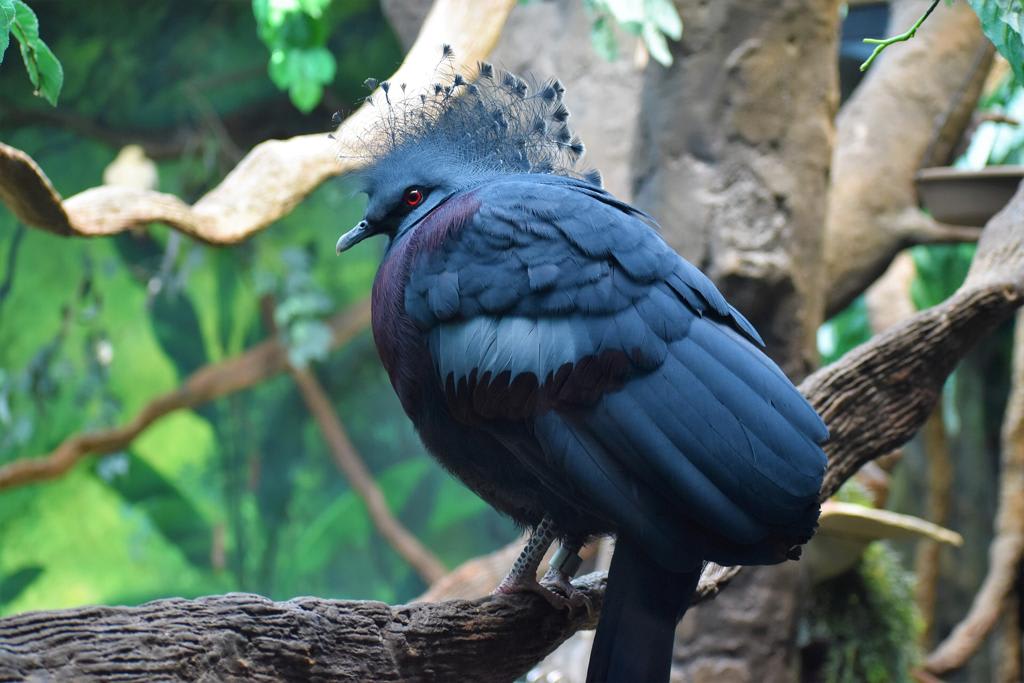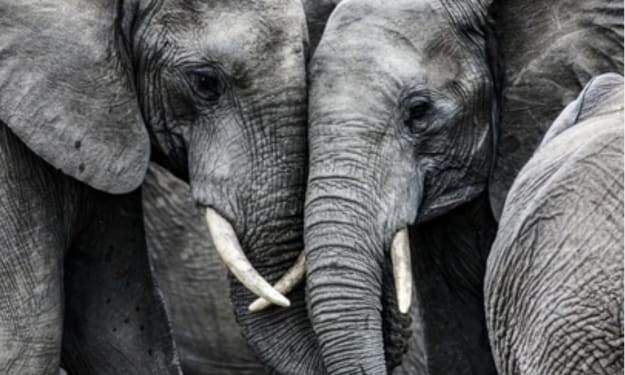
WHY IS BLUE COLOR IS SO RARE IN NATURE ?
Let’s have a look on it that why it’s like that When we think of animals, we often imagine them in their natural habitats, surrounded by trees, water, and other elements of nature. But have you ever stopped to think about why animals are the colors that they are? The answer lies in a complex interplay of evolution, chemistry, and physics.
To understand why animals are different colors, let's start with butterflies. Butterflies are known for their vibrant colors, which range from bright blues and greens to deep oranges and reds. The reason for this is simple: these colors help butterflies attract mates and deter predators. But how do butterflies create these colors in the first place?
The answer lies in the chemistry of their wings. Butterfly wings are made up of thousands of tiny scales, each of which contains pigments and reflectors that create different colors. Pigments are molecules that absorb certain wavelengths of light and reflect others, while reflectors are structures that reflect light in specific directions. Together, these elements create the colors that we see on butterfly wings.
But why are some butterflies blue, while others are red or green? The answer lies in the way that light interacts with the pigments and reflectors in their wings. Blue is the rarest color in nature because it is created by a unique combination of pigments and reflectors that are difficult to produce. When light hits a blue butterfly wing, it is absorbed by pigments that reflect blue light back to our eyes. The result is a stunning, iridescent blue color.
Evolution and Coloration:
Now that we understand the chemistry behind the animal colors, let's take a look at how evolution has shaped these colors over time. In nature, animals evolve to be better suited to their environments. This means that colors can evolve to blend in with the surrounding landscape, or to stand out and attract mates.
For example, some animals that live in forested areas are brown or green to blend in with the foliage, while others that live in open grasslands are light-colored to blend in with the sun-bleached landscape. On the other hand, some animals, like peacocks, evolve bright and flashy colors to attract mates.
It's also worth noting that some animals, like chameleons, can change color depending on their mood or surroundings. This is achieved through a combination of pigments, reflectors, and specialized cells in the skin that allow them to alter their appearance.
The Physics of Color:
Finally, let's take a look at the role that physics plays in animal coloration. As we've seen, colors are created when light interacts with pigments and reflectors in an animal's skin or scales. But the way that light interacts with these elements can vary depending on the angle of the light, the texture of the surface, and other factors.
For example, some animals, like peacocks and certain fish, have iridescent colors that appear to shift and change depending on the angle of the light. This effect is created by the way that the scales or feathers are arranged, which causes the light to refract and scatter in different directions.
Conclusion:
In conclusion, animal coloration is a fascinating and complex topic that involves the interplay of evolution, chemistry, and physics. From butterflies and birds to reptiles and fish, animals come in an incredible range of colors and patterns that have evolved over millions of years. While blue may be the rarest color in nature, it's clear that animals don't do anything halfway when it comes to coloration.
About the Creator
Muazzam Rafiq
whatever you will find here will attract you because I share the knowledge with my team subscribe my page hit the like button and leave the comments I would love to hear back from you 💕






Comments
There are no comments for this story
Be the first to respond and start the conversation.